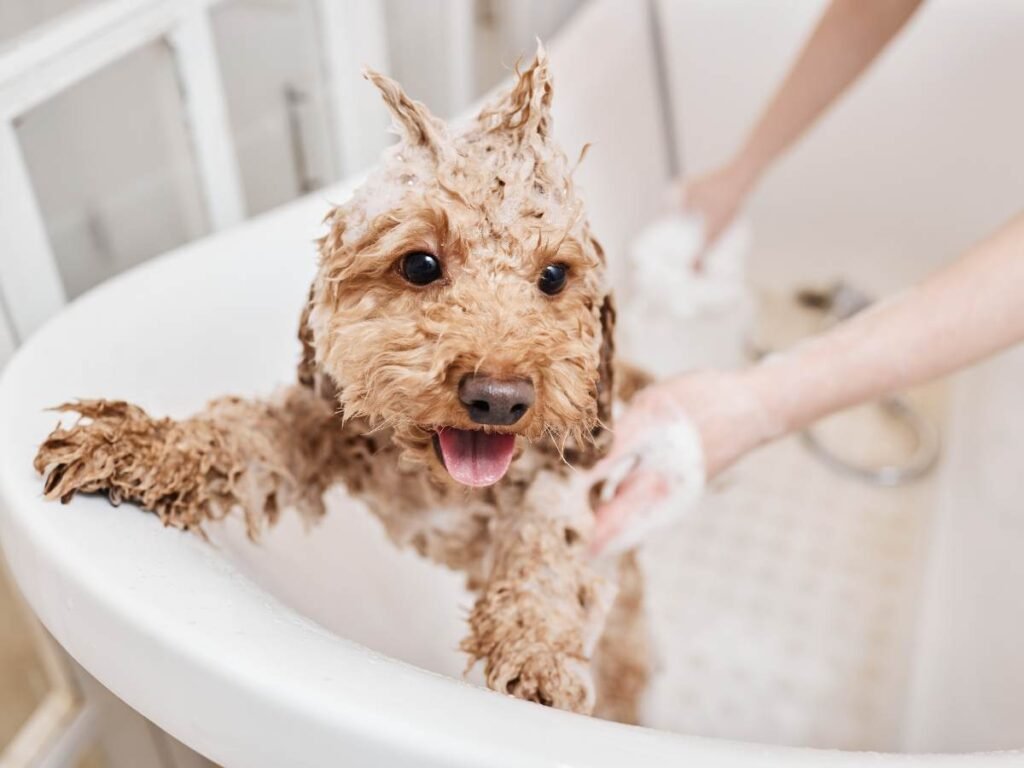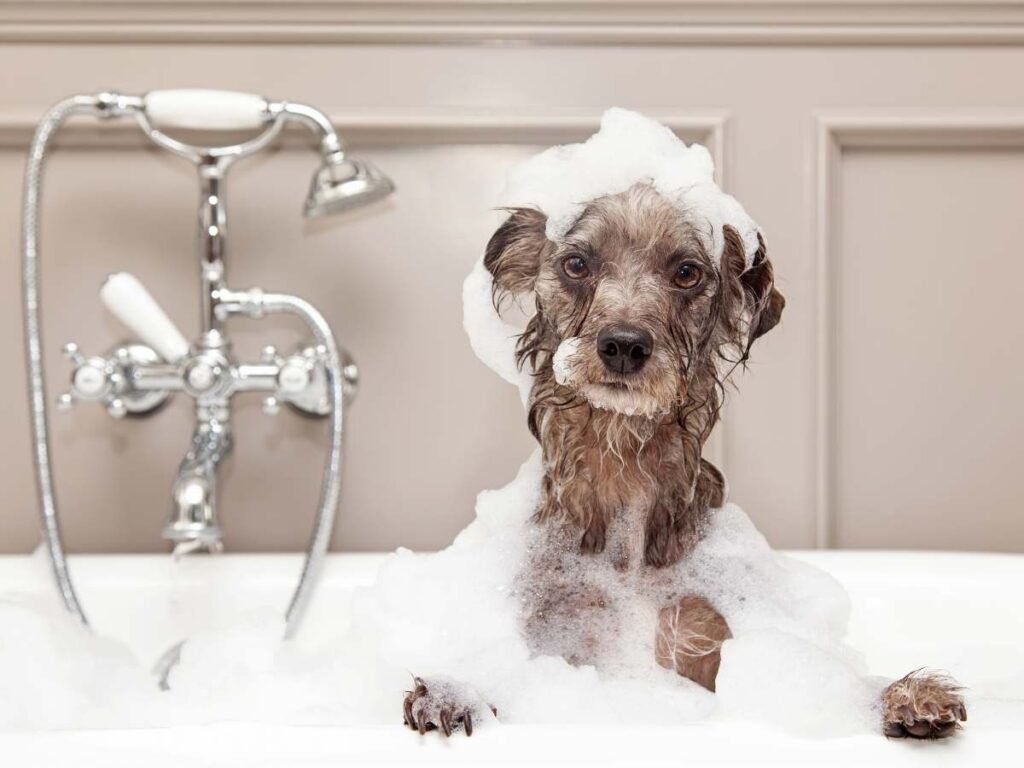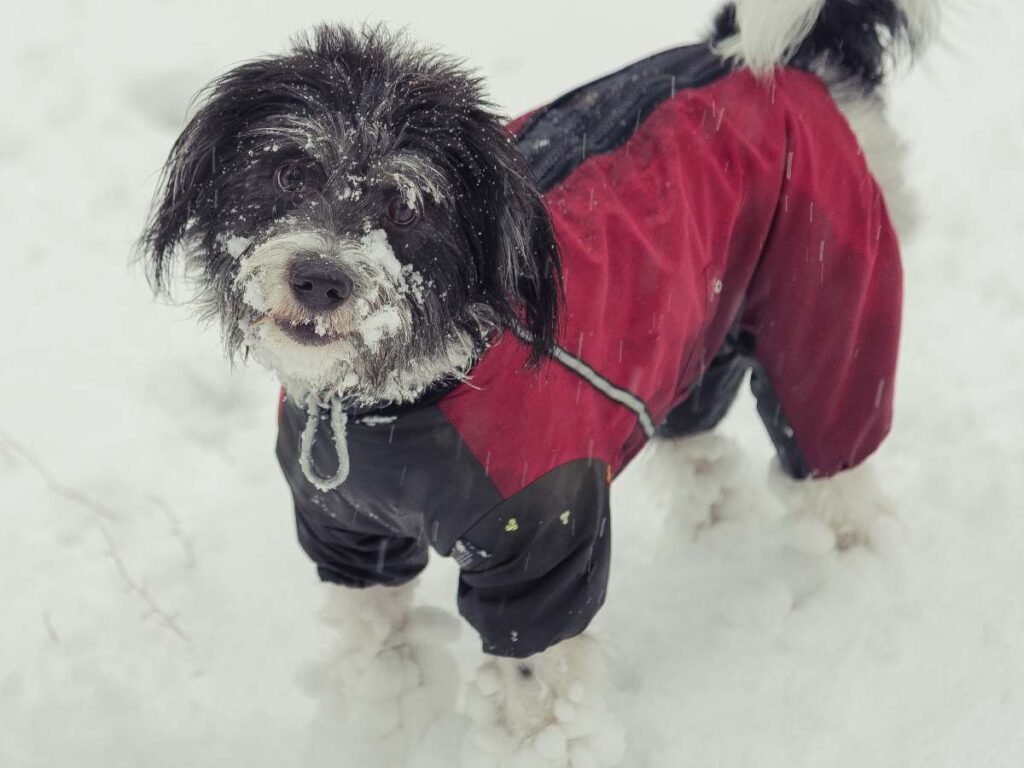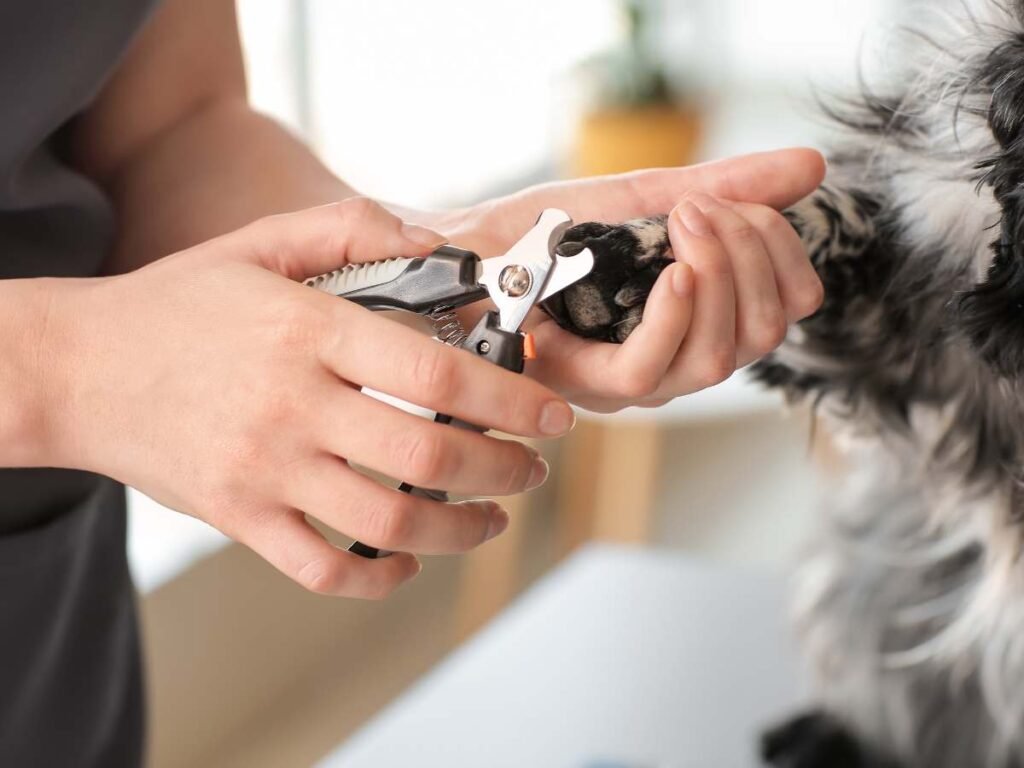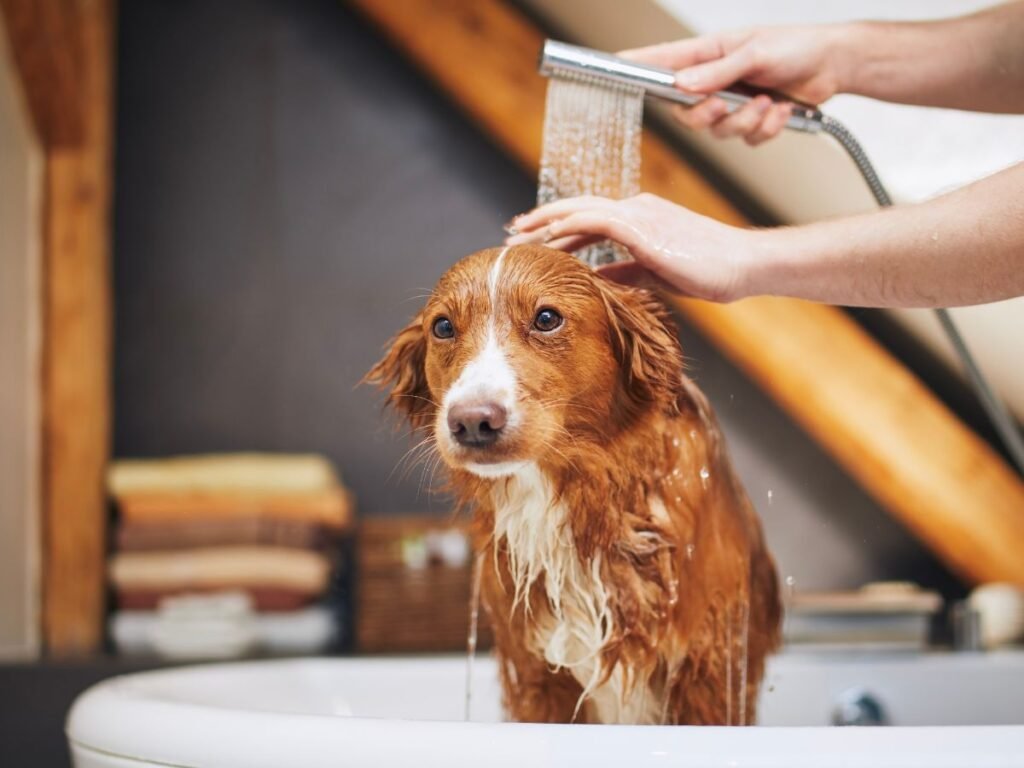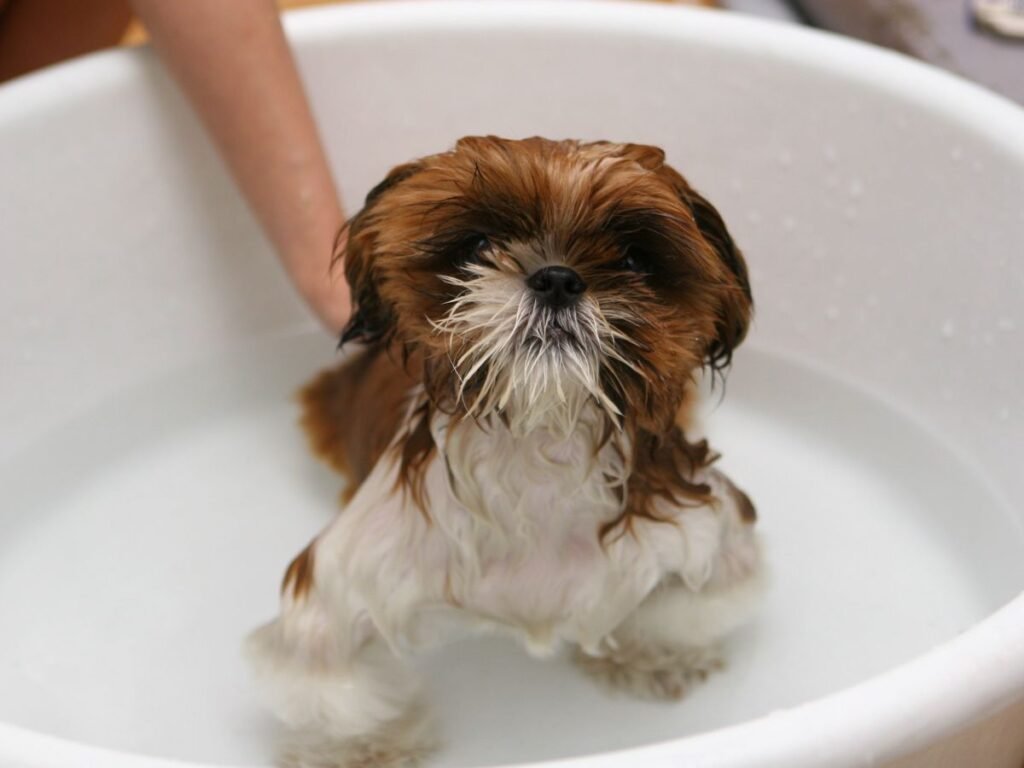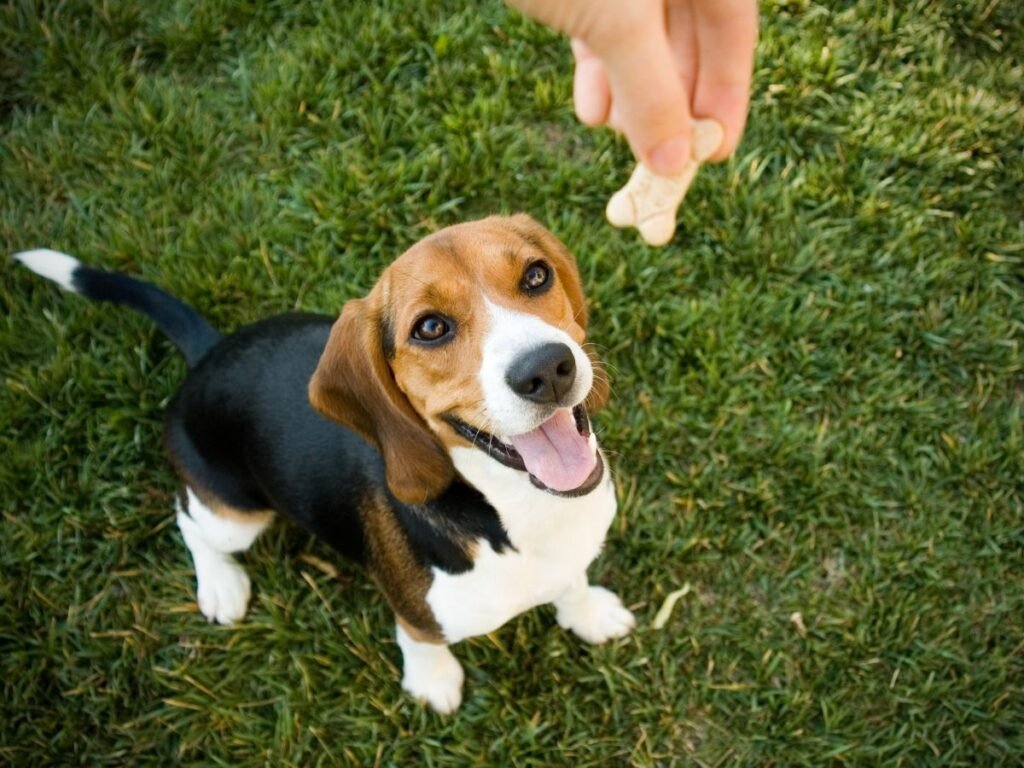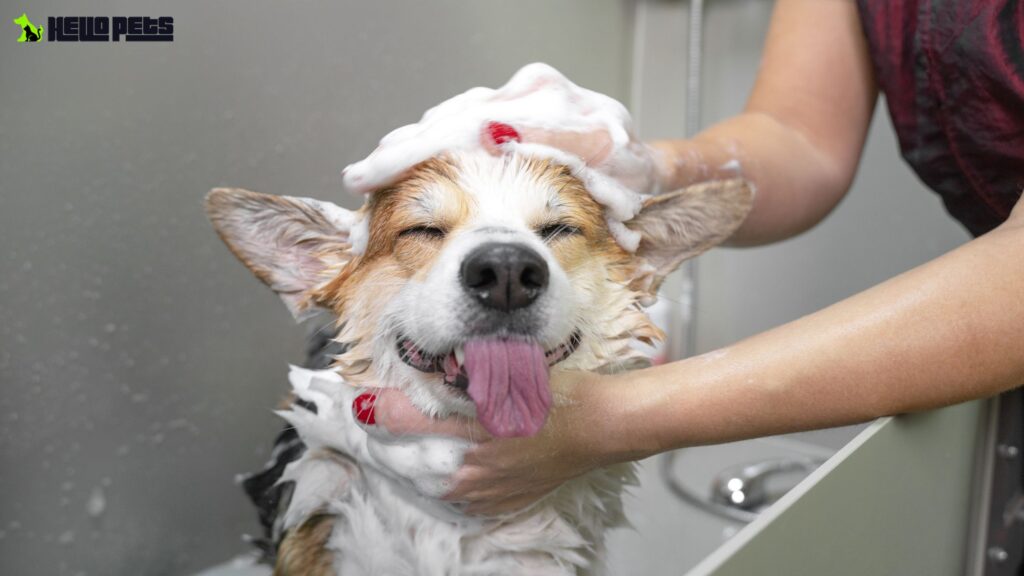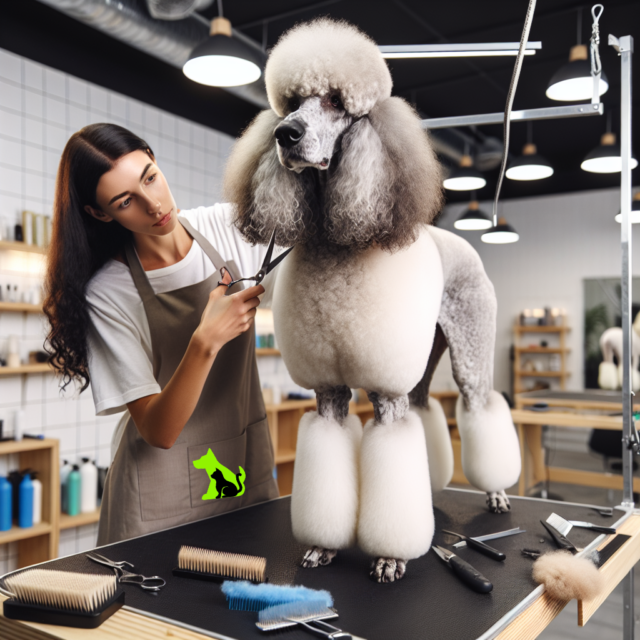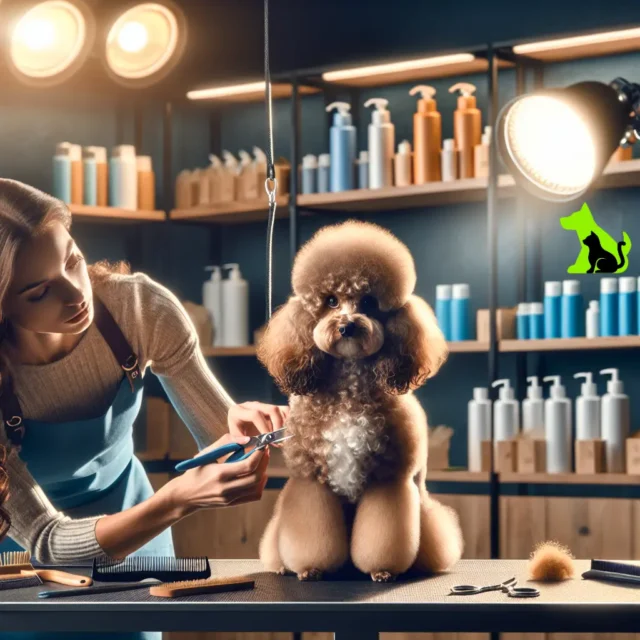Why Dog Grooming in North York Is Just as Important as Vet Visits
Keeping your dog healthy isn’t only about vaccines, checkups, and vet visits — it’s also about what happens in between. Many pet parents in North York, Toronto make sure their dogs see the vet regularly, but they often overlook another equally vital part of preventive care: dog grooming.
Beyond keeping your pet clean and beautiful, grooming plays a crucial role in detecting health problems early, maintaining comfort, and supporting overall well-being.
Let’s explore why grooming is just as important as vet visits, and how combining both keeps your furry friend healthier and happier.
The Overlooked Link Between Grooming and Health
Professional grooming isn’t just about neat fur or a fresh scent. It’s a hands-on health inspection that helps uncover hidden issues before they turn serious.
- Skin and coat check: Groomers often notice rashes, bumps, or dry patches that might signal allergies, infections, or parasites.
- Ear and eye cleaning: Regular cleaning prevents wax buildup, redness, and infections that can otherwise cause pain or hearing loss.
- Parasite detection: Groomers are trained to spot fleas, ticks, and mites — problems that can lead to skin irritation or transmit diseases.
- Early warning signs: From lumps under the skin to cracked nails or inflammation, early detection during grooming can save a pet from future discomfort.
In short, every grooming session acts like a mini health check between vet appointments.
How Grooming Complements Regular Vet Visits
Veterinary visits are essential for medical care — vaccinations, dental exams, diagnostics — but grooming fills the gaps that vets don’t typically cover. Together, they create a complete wellness cycle for your dog.
- Prevention meets maintenance: Vets diagnose and treat; groomers maintain cleanliness and prevent recurring problems.
- Continuous monitoring: Groomers see your pet more frequently, meaning they can flag early changes in skin, fur, or behavior to the vet.
- Stress reduction: Clean coats and trimmed nails keep dogs comfortable and prevent anxiety or self-injury.
- Comfort and mobility: Regular nail trims prevent joint strain, while clean ears reduce balance issues — both essential for long-term health.
When your groomer and vet work in tandem, you’re not just reacting to problems — you’re preventing them.
What Professional Grooming Includes
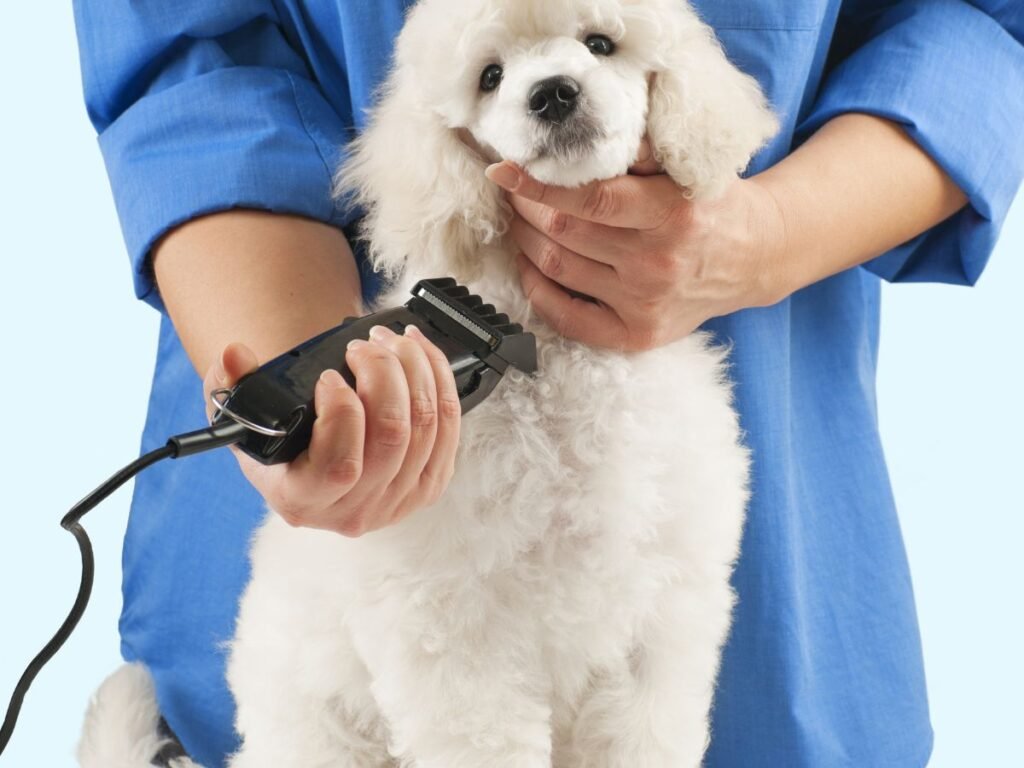
A full-service dog grooming session goes far beyond brushing. At Hello Pets Inc., every grooming appointment is designed to enhance both hygiene and health. Our grooming salon offers a comprehensive range of salon services for both dogs and cats. Typical grooming services include:
- Bath
- Blow dry
- Shampoo
- Comb and brush for detangling and smoothing hair
- Haircut tailored to your pet's needs
- Sanitary trim for hygiene
- Paw pads care and trimming
- Removal of mats
- Nail trim and offer nail clipping for dog's nails
- Nail polish application
- Tick treatment and flea treatment
- Cat grooming services for cats, including ear cleaning and nail caps
Prices for grooming services vary based on breed, coat condition, pet age, and service selection. Special packages are available for puppies and kittens to ensure age-appropriate care.
Regular visits to the grooming salon are important for maintaining your pet's health and appearance.
Common Health Issues Prevented by Grooming
1. Skin & Coat Health
Matted fur can cause trapped moisture, bacteria buildup, and painful skin infections. Regular brushing and bathing keep the coat shiny, aerated, and odor-free.
Read More: How Skipping Grooming Can Lead to Skin Infections in Dogs
2. Nail & Paw Care
Overgrown nails can twist paws and affect walking posture, leading to joint discomfort or back pain. Routine trimming ensures balanced weight distribution and comfort.
3. Ear Hygiene
Moisture and wax buildup are the leading causes of ear infections. Gentle cleaning prevents yeast and bacterial growth — especially in floppy-eared breeds.
4. Parasite Control
Regular grooming helps identify fleas or ticks early, reducing risks of disease transmission and keeping your dog’s skin healthy.
Why Choose Professional Grooming in North York
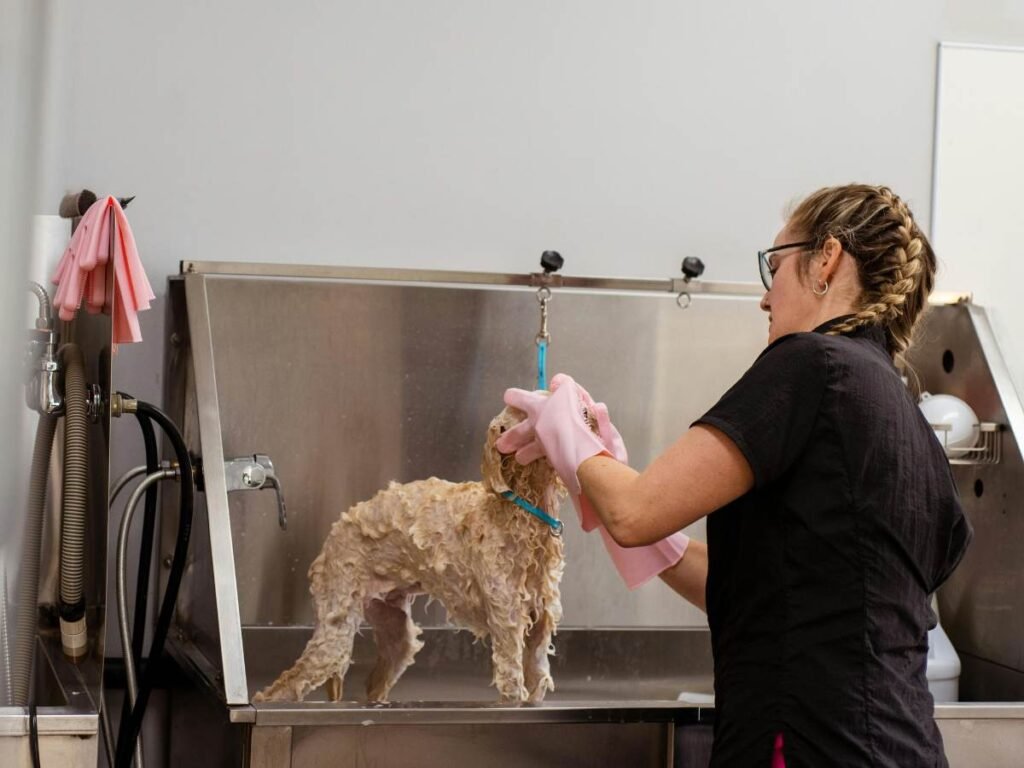
While you can brush or bathe your dog at home, professional grooming brings expertise, tools, and observation skills that go beyond home care. At Hello Pets Inc., our trained groomers use vet-approved techniques and premium pet-safe products to ensure every dog feels safe, comfortable, and pampered. We tailor each session based on your dog’s breed, coat type, and temperament, ensuring they not only look great but also enjoy the process.
What makes Hello Pets Inc. stand out:
- Certified professional groomers experienced with all breeds
- Gentle handling to reduce stress and anxiety
- Modern facilities with top-grade cleaning and drying systems
- Personalized grooming schedules to match your vet’s health plan
- Convenient location for pet parents across North York and Toronto
Professional grooming doesn’t replace vet care — it strengthens it. Together, they form the foundation of lifelong wellness.
Grooming at Home vs. Professional Grooming
It’s tempting to handle grooming yourself — and for basic brushing or wiping paws, that’s great! But home grooming has limits, especially without the right tools or training.
| Home Grooming | Professional Grooming |
|---|---|
| Great for brushing, quick baths | Ideal for full cleaning and coat care |
| May miss skin issues or infections | Early detection of health concerns |
| Limited tools and products | Specialized, breed-specific equipment |
| Can cause stress or accidents | Safe, comfortable, and efficient |
Both play a role — home care keeps your dog clean between visits, while professional grooming ensures deep hygiene and expert attention.
The Complete Pet Care Routine
Think of grooming and vet visits as two halves of one circle. Your vet monitors internal health, while your groomer maintains external wellness. Together, they support a balanced lifestyle that keeps your dog energetic, odor-free, and disease-resistant.
Consistency is key — alternating vet and grooming appointments helps create a year-round health schedule. For example:
- Vet checkup every 6–12 months
- Grooming every 4–6 weeks (depending on coat type and activity level)
This rhythm ensures your dog stays healthy both inside and out.
Conclusion
Your dog’s wellness isn’t just measured in shots and medical exams — it’s reflected in their coat, comfort, and confidence. By pairing regular vet visits with professional grooming, you’re giving your pet the best of both worlds: prevention and care.
If you’re in North York, Toronto, treat your furry friend to a comprehensive wellness experience with Hello Pets Inc.. Our team offers expert dog grooming designed to enhance health, hygiene, and happiness.
🦴 Because a well-groomed dog is a healthy, happy dog.
Frequently Asked Questions
1. How often should I groom my dog?
Most dogs benefit from professional grooming every 4–6 weeks. Long-haired breeds or active dogs may need more frequent sessions.
2. Can grooming detect health problems?
Yes! Groomers often spot early signs of infections, lumps, or parasites, allowing you to address issues before they worsen.
3. What’s included in a professional grooming session?
Bathing, brushing, nail trimming, ear cleaning, coat trimming, and a full body check for skin or fur issues.
4. Do all breeds need the same grooming schedule?
No. Breeds with thicker or double coats, like Golden Retrievers or Huskies, need more frequent grooming than short-haired breeds.
5. Is grooming stressful for dogs?
When done by trained professionals like those at Hello Pets Inc., grooming is calm, gentle, and positive — many dogs even enjoy it!
